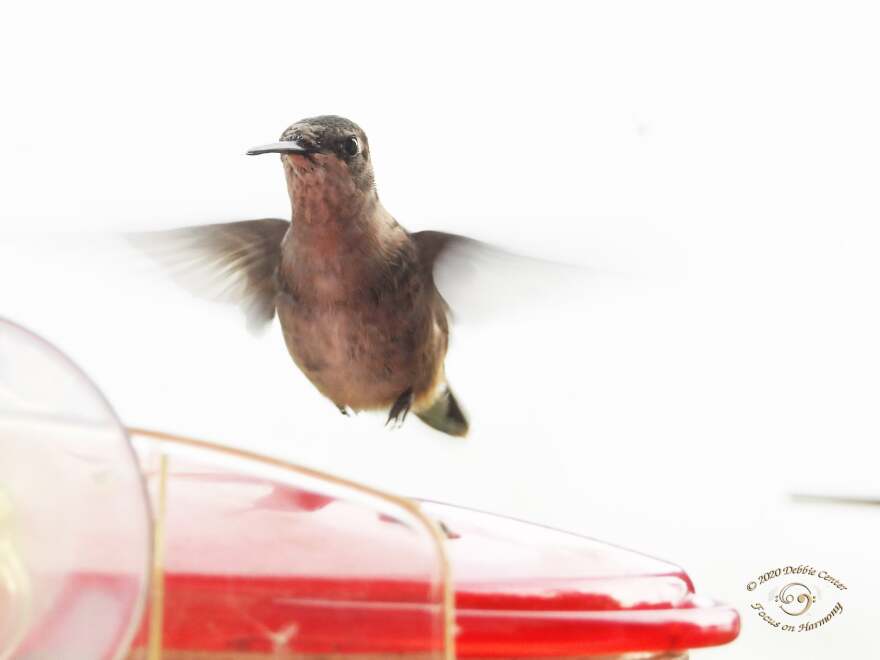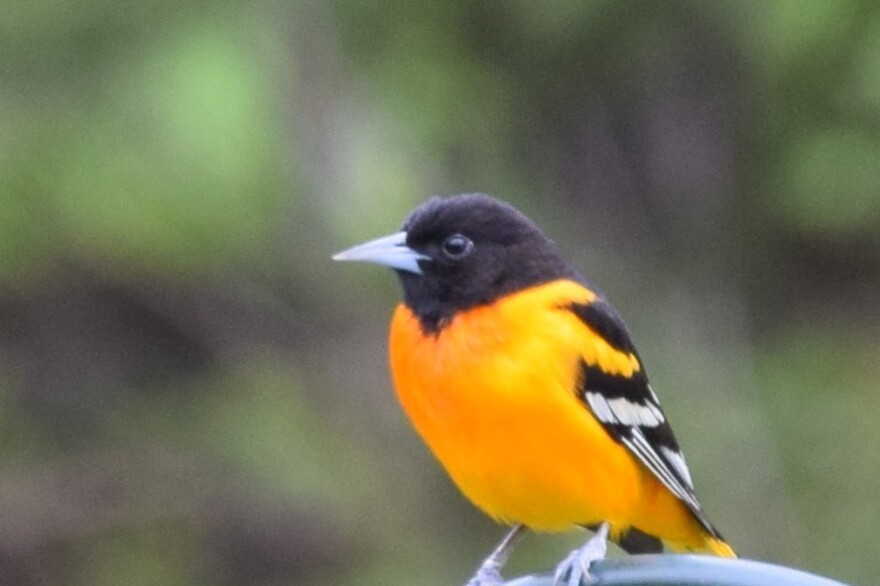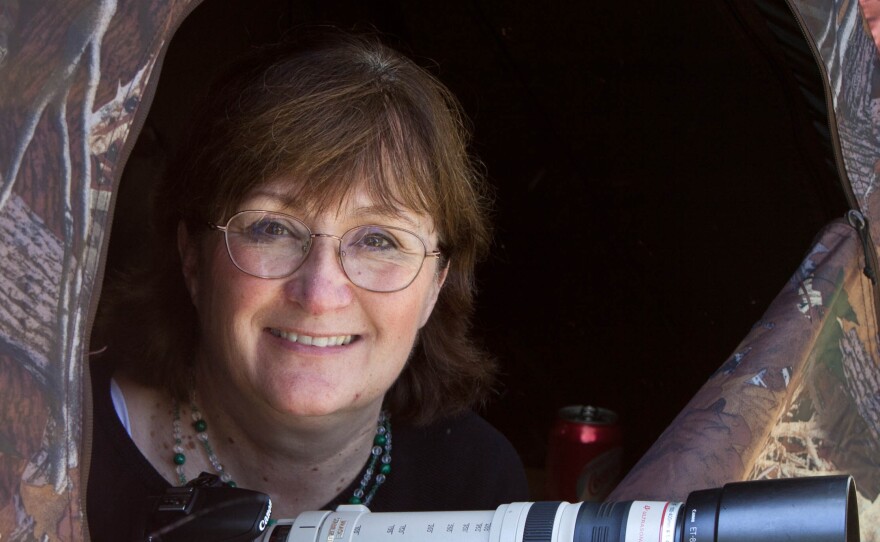DULUTH — Birds are complex. They want different things.
Take the Baltimore Oriole, according to author and For the Birds host Laura Erickson: they nest in ash or willow trees, close to water. Scarlet tanagers like mature oaks.

Erickson joined the KAXE Morning Show on May 16 to answer questions from staff phenologist John Latimer and listeners.
Hummingbirds have made their return and Latimer described them as very reliable, with the average date of return as May 11. So far though, he’s only spotted the males. Erickson explained that male hummingbirds tend to migrate before the females, just like robins.
“The male’s job is to set up the territory, defend it, so nobody’s gonna encroach,” she said.
But the females don’t seem to care, each picking their own territory and male of their choice.
“I don’t even know if male hummingbirds know where baby hummingbirds come from!” she said. According to Erickson, male hummingbirds know what they want to do with the female, but “it doesn’t go beyond that.”

Erickson gave advice for feeding hummingbirds. On colder days, she suggested a sugar to water ratio of 1/3 of a cup to 1 cup. If it’s warmer, 1/4 cup to 1 cup is best.
Erickson also had advice when it comes to hummingbird nests.
“Usually they need spider silk,” she said. “And they need lichens to build their nests, so don’t be using pesticides and don’t wipe out all those spider nests — the spider webs up in your eaves.”
Eagles and ravens
Latimer went on to describe the eagle’s nest in his yard he’s been monitoring.
“I have been just astonished,” he said, to hear a certain call from the raven that lets him know when the eagles are in the neighborhood.

“It’s so fun to pay attention in your own yard because that’s how you first start understanding bird language,” said Erickson, in response to Latimer’s backyard birds.
When it comes to Baltimore Orioles, Erickson explained how to recognize which are passing through and which are sticking around. She said each oriole has a regional dialect, depending on where they grew up. That means that a Duluth oriole sounds different than a Grand Rapids oriole.
“Pay attention to your orioles and you’ll be able to recognize the strangers passing through,” she said.
For more bird information and identification, Erickson recommended the app Merlin, from the Cornell Lab of Ornithology, where she was once a science editor.








